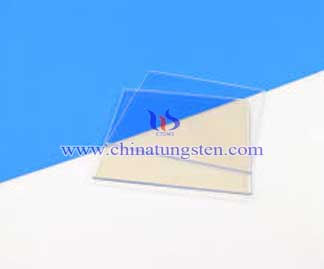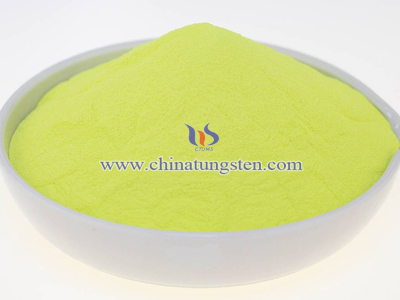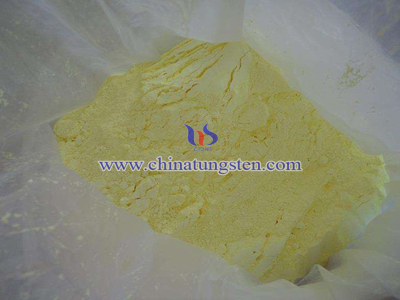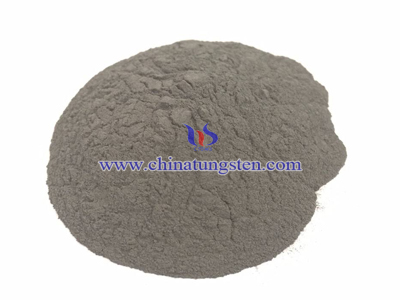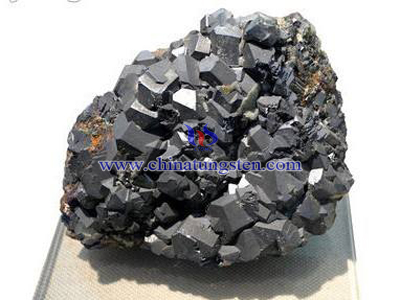Tungsten Oxide Thin Film Micro Structure
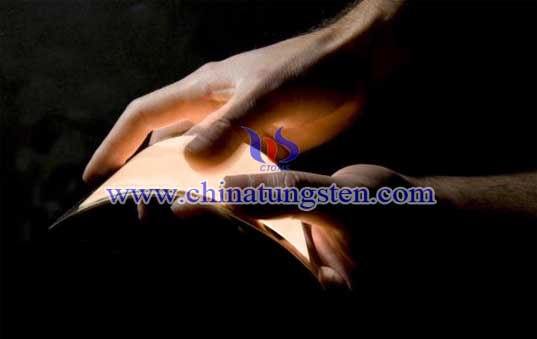
Thin film deposition is forming from the initial atomic absorption, desorption, nucleation and growth to the final form of the film, its nucleation and growth process would change with parameters during film deposition (substrate temperature, substrate bias, gas pressure) which will affect tungsten oxide thin film microstructure. In 1975, John A.Thomton came up with Zone Models towards sputtering deposition metal thin film, the influence of substrate temperature and sputtering gas pressure on thin film micro structure, brought up with four structure zone model.
Under low temperature and high pressure condition (Ts/TM<0.3(TS:Substrate temperature; TM:Melting point), the inside of thin film will form into the structure of porous thin cylindrical crystalline, its because the low mobility on the surface of atom. The area is called ZoneⅠ. Under high temperature(0.3(0.3<Ts/TM<0.5), the mobility is higher due to more thermal energy, result in the enhanced diffusion capacity on the surface, so crystalline gets thinner caused the surface of thin film getting smoother, crystalline accumulated and forms as columnar structure, the area is called Zone Ⅱ. Under higher temperature(0.5<Ts/TM), since the diffusion capability enhanced, along with the re-crystal of crystalline, it becomes equi-axis grains structure, the area is called Zone Ⅲ. There is a transition area between Zone Ⅰand Zone Ⅱ which is called Zone T, under low temperature(TS/TM<=0.3) and low pressure, the crystalline in internal structure of thin film is accumulated, which is the result of shadowing effects, surface diffusion, bulk diffusion and recrystallization, the film is like fibrous structure.

